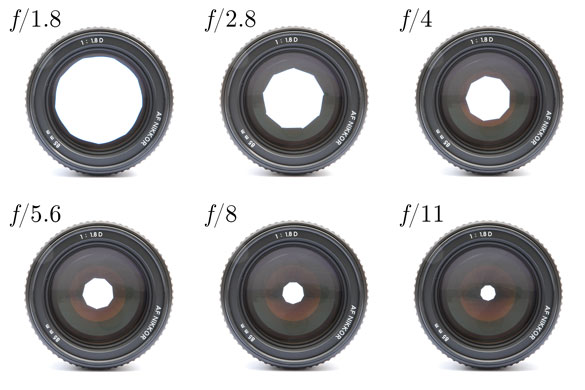

Modern camera technology makes F-Stops a viable option for today’s filmmakers, but the top cinema lenses still guarantee the real-world exposure of T-Stops.Īnd there you have it. Plus, even if new tech means all you’re saving is minutes per day, those minutes can cost thousands on a huge production. It is expressed in f-numbers like f/1.4, f/2, f/2.8 and so on to express the size of the lens opening, which can be controlled through the lens or the camera. Multiple scenes, sometimes captured on multiple days, and often consisting of multiple angles shot with multiple lenses means correcting exposure in post can be expensive. Aperture can be defined as the opening in a lens through which light passes to enter the camera. T-Stop testing every new lens is expensive and time consuming because of reasons 1 and 2, it’s not worth the investment for photography lenses.Ĭinematography, on the other hand, is more complicated.The aperture f-number can be set to any of. The biggest transmission difference you’ll get is about 1/3 of a stop, which is no problem to fix in post-processing. The f-number is the ratio of focal length to effective aperture diameter.In-camera light metering will compensate for the minor exposure difference between two different lenses with the same F-Stop but different T-Stops.So, when seeking to answer the question, “What is the most standard film aperture?” While we believe the f/2.8 or closely correlating T2.8 represents the standard in filmmaking, it’s important to understand that today’s cameras and lenses provide significantly more flexibility with apertures frequently ranging higher.Ĭinematographers have the ability to adjust aperture as wide as they want, or to stop down as much as desired, but the T2.8 is most commonly used. Consistency – maintaining a preferred aperture resulted in a consistency in light and exposure between scenes.Deep Focus – Stopping down the lens would have resulted in a loss of sharpness.Depth of Field – Changes in aperture result in the cutting of light to keep everything in focus within the frame.

Light – the T2.8 provides a balance between allowing for the most practical lighting without making the set overly hot or lacking exposure.The most common reasons to choose this particular f-number include: There are several reasons for cinematographers to choose this particular aperture. That was back in the old days when lens were mechanically and not electronically controlled. The T2.8 of the f/2.8 represents the standard film aperture that is most widely used by cinematographers. The word stop in the term 'f-stop' was the physical stopping points where lens diaphragms engaged at set increments, such as f-2 f-2.8 f4.0 f5.6 f-8. However, it’s safe to say that the standard aperture is the f/2.8 or the similar T-stop of 2.8. Most cinematographers will use a T2.8 for filming, although not always. In fact, the corresponding F-stop for a T2.8 is actually about f/2.5 but for the sake of keeping it simple, rounding up to a f/2.8 just makes more sense. The most standard aperture for video is the f/2.8 which may also be defined in T-stops as the T2.8. Together, aperture and focal length combine to create the optical system which determines the total cone angle of the light rays which come into focus within the image plane.Īperture is typically defined as an f/stop in which the lower f/stops represent larger apertures which expose more light to the camera whereas higher f/stops represent less exposure resulting from a smaller aperture and less light coming in. What is Aperture?Īperture represents the opening of the lens or the hole through which light travels to pass through the camera. You might be wondering if there actually is a “best” aperture? What does aperture have to do with shooting a video? And, more importantly, how does the aperture impact the shot? To answer these questions, we must first define aperture. To stop down a lens is to reduce the aperture, or increase the f-stop number - reducing the amount of light passing into the camera through by the lens. The best, and most standard film aperture for filmmaking is f/2.8 or just 8, but what does all of this really mean? In fact, it’s very common for aspiring filmmakers to ask, “What is the most standard film aperture?” in question of the most appropriate option for creating motion picture footage. Understanding aperture and how it impacts filmmaking is important to anyone seeking to learn cinematography.


 0 kommentar(er)
0 kommentar(er)
